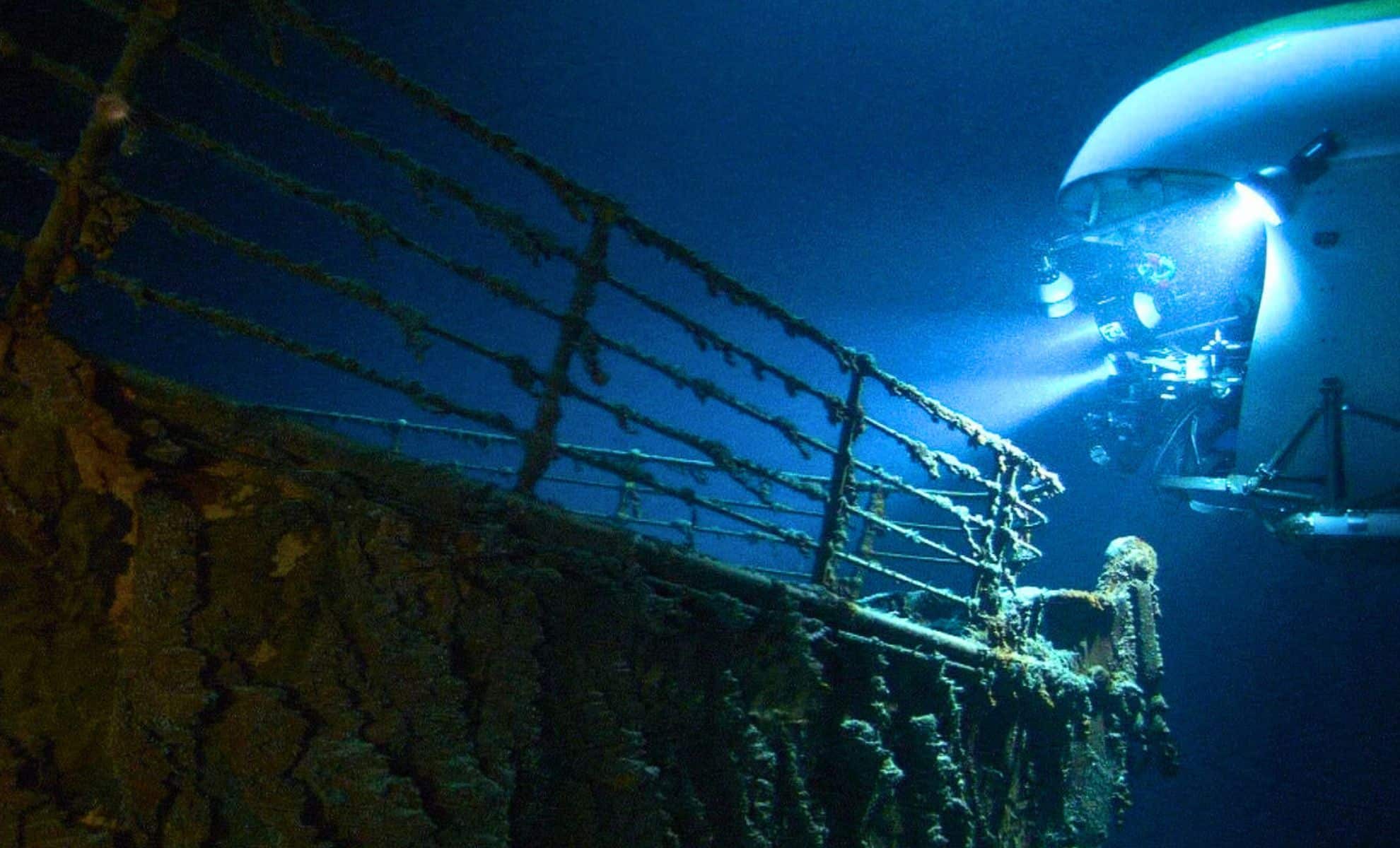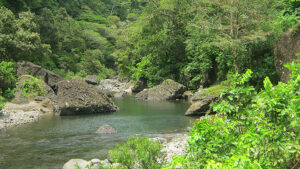Abstract
The island of Great Nicobar is known to support high degree of herpetofaunal diversity and endemism due to insular isolation. Among them, the population of Hylarana chalconota on this island was assessed to determine its taxonomic status and affinities using morphological, acoustic, and molecular data. Molecular phylogeny based on 16S rRNA showed a considerable amount of genetic divergence with 9.19–16.45% from congeners of the Hylarana chalconota complex. We describe this population as a new species, noting its unique morphological characteristics and phylogenetic position.
Keywords: 16S rRNA, Andaman & Nicobar archipelago, copper-cheeked frog, Sundaland biodiversity hotspot, systematics
 |
| Hylarana chozhai sp. nov. in life [Top] male holotype (DOSMB05117); [Middle] female paratype (DOSMB05119); [Bottom] male paratype (DOSMB 5011b) Not to scale. |
Hylarana chozhai sp. nov.
Rana chalconota—Das (1996) (partim “Nicobars”)
Chalcorana cf. chalconota—Harikrishnan and Vasudevan (2018)
Chalcorana sp.—Chandramouli (2018)
Diagnosis. A relatively small-sized frog of the genus Hylarana from the H. chalconota group, characterized by: snout-vent length of females up to 46.2 mm, males, mean 33.59 mm ± 1.88 (n = 4); males with a single, median sub-gular vocal sac; dorsal skin shagreened; dorsolateral folds weakly developed; foot nearly completely webbed with webbing formula I0-0.5II0-0.5III0.5-1IV1-0V and digit tips expanded to rhomboidal discs with circum-marginal grooves.
Etymology. The specific epithet ‘chozhai‘ is intended to honor the Thamizh King Rajendra Chozha (ராேஜந்திர ேசாழா (/ˈtʃəʊlə/)) and the Chozha dynasty who occupied the Andaman and Nicobar Islands as part of the Chozha kingdom.










Leave a Comment